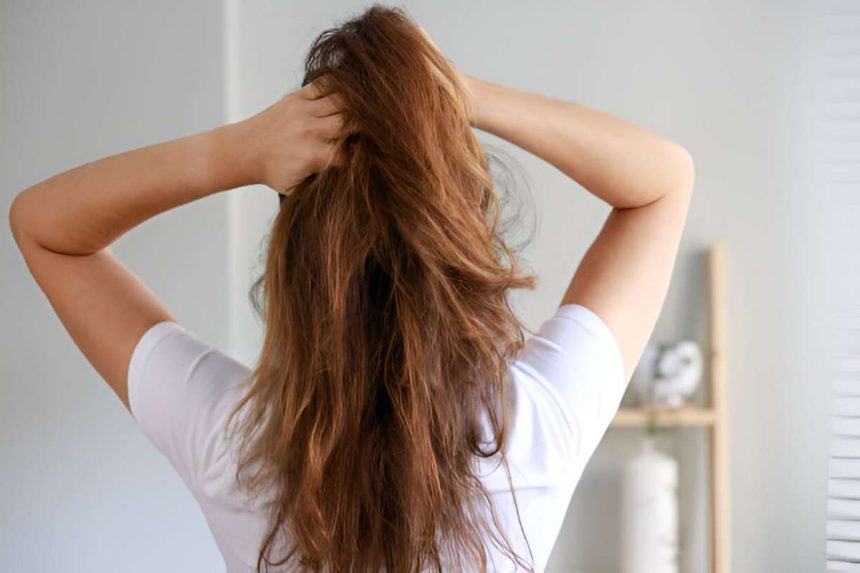Types of Hair and Care Instruction
Table of Contents
Hair: Types and Care Instructions
Hair depends on type, and each type has its requirements for proper management. Knowing your hair type is essential to taking appropriate care of it. Whether straight, wavy, curly, or kinky, each hair type requires specific care and maintenance to remain healthy.
I am a beauty blogger passionate about hair care, and I have kept myself updated and reported on various hair types and hair care techniques for the past few years. Hair is one of the first things people notice about us, and we take extra care to ensure it looks perfect in the best way we want it to remain seen. The hair type could be straight hair, wavy hair, curly hair, or oily hair, but anybody who possesses any of them must understand hair care requirements and procedures to have good, healthy hair.
Introduction to Hair Types
Hair types are classified based on the hair follicle’s shape and the hair strand’s feel. The four hair types are straight, curly, wavy, and kinky.
The Four Main Hair Types
Before we dive into specific care instructions, it’s essential to understand the four main hair types:
| Hair Type | Description |
| Type 1 | Straight |
| Type 2 | Wavy |
| Type 3 | Curly |
| Type 4 | Coily |
These four types remain further divided into subtypes (A, B, and C) based on the thickness and texture of the hair strands. Knowing your hair type is the first step in developing a tailored hair care routine that meets your hair’s unique needs.
Type 1: Straight Hair
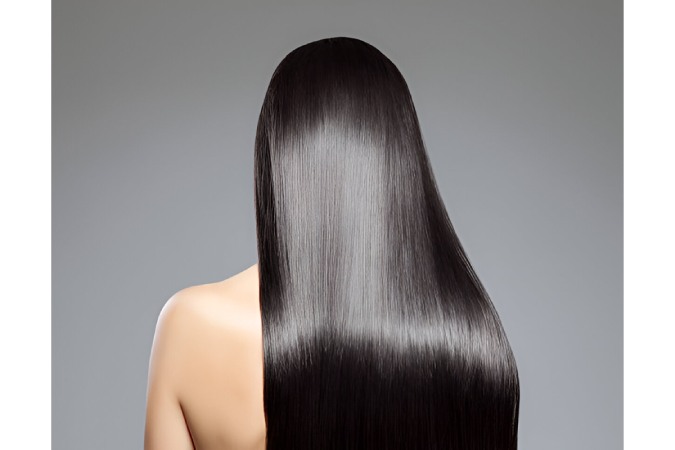
The straight hair has no natural wave or curl pattern. It tends to be shiny and reflective due to the smooth alignment of the hair cuticles. Straight hair can be refined and thin or thick and coarse.
Care Instructions for Type 1 Hair:
- Use a gentle sulfate-free shampoo to stop stripping natural oils.
- Condition hair from mid-lengths to ends to prevent dryness and breakage.
- Avoid heavy, oil-based products that can weigh down fine hair.
- Protect hair from heat injury when using styling tools.
- Brush hair gently with a soft-bristled brush to distribute natural oils.
As someone with fine, straight hair, I’ve found that using a volumizing shampoo and conditioner helps add body and fullness to my hair. I also like using a light leave-in conditioner and avoiding heavy styling products that make my hair appear greasy or limp.
Type 2: Wavy Hair
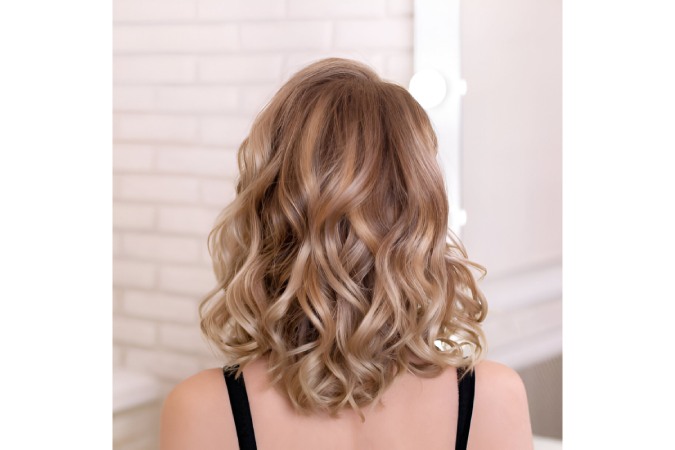
Similar to the Type 2 hair texture and texture category, it is a naturally wavy hair type that may vary from subtle S-shaped curls to defining more like the beach-like curvy wave patterns. Wavy hair is generally a little coarser than straight hair and carries a higher risk of frizzy hair.
Care Instructions for Type 2 Hair:
- Guys, it would help if you used a sulfate-free conditioner to take care of your waves and make them more defined.
- Squeeze out excess water, apply a conditioner to the mid-shaft to the tips, and dry the damaged section.
- To remove tangles, brush your hair with a wide-tooth comb, though the hair is still wet, and begin at the tips.
- Dry hair with a microfiber towel or t-shirt to improve the wave pattern.
- Apply a lightweight, curl-enhancing product to damp hair and air dry or diffuse.
If you have wavy hair like me, you know frizz can be a constant battle. I’ve found that using a microfiber towel to scrunch my hair after washing gently helps reduce frizz and define my natural waves. I also love using a sea salt spray for added texture and beachy waves.
Type 3: Curly Hair

Type 3 hair has a defined curl pattern that ranges from loose, spiraled curls to tighter, corkscrew curls. Curly hair is frequently dry and prone to breakage due to the hair cuticles’ being.
Care Instructions for Type 3 Hair:
- Cleanse hair with a sulfate-free, curl-friendly shampoo or co-wash.
- Deep condition regularly to maintain moisture and elasticity.
- Use a leave-in conditioner to get knots out of hair with fingers or a wide-tooth comb when wet.
- Style with a curl-defining cream or gel, scrunching hair upwards to encourage curl formation.
- Air dry or diffuse hair on low heat, avoiding touch until fully dry to prevent frizz.
As a curly-haired girl, I know firsthand the importance of moisture for healthy, bouncy curls. I like to deep condition my hair once a week and use a leave-in conditioner every time I wash my hair. Scrunching my hair with a curl cream and diffusing on low heat helps define my curls without causing frizz or damage.
Type 4: Coily Hair
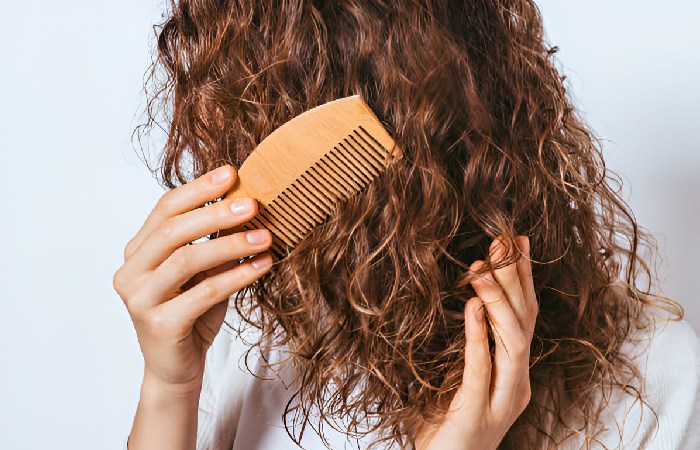
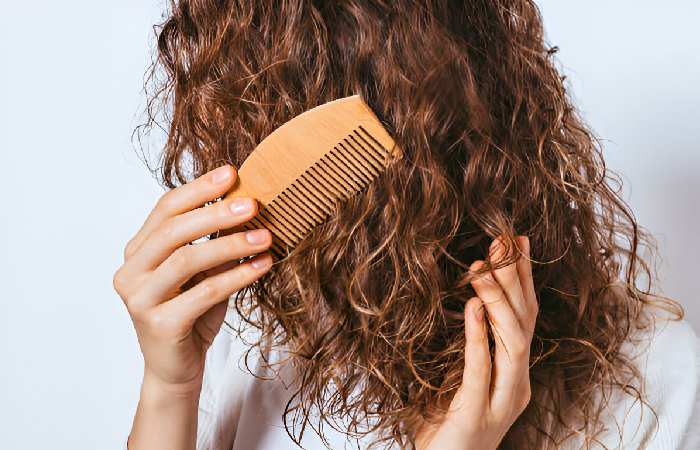
Type 4 hair has a tightly coiled or zigzag pattern, with strands forming dense, springy coils. Coily hair is the most fragile and prone to dryness and breakage of all hair types.
Care Instructions for Type 4 Hair:
- Cleanse hair with a gentle, sulfate-free shampoo or co-wash every 1-2 weeks.
- Deep condition with a rich, moisturizing treatment after every wash.
- Style with a heavy cream or butter to lock in moisture and define coils.
- Keep hair at night with a satin bonnet or pillowcase to prevent dryness and breakage.
While I don’t have oily hair myself, I’ve learned a lot from my friends and readers who do. They emphasize the importance of moisturizing oily hair and minimizing manipulation to prevent damage. Many also swear by protective styles like braids and twists to give their hair a break and promote growth.
Common Hair Concerns and Solutions
No matter what hair type you have, many of us face common concerns. Here are a few of the most common hair issues and my tips for addressing them:
Dryness and Breakage
Dryness and breakage can affect all hair types but are especially common in curly and oily hair. To combat dryness and breakage, try:
- With a deep conditioning treatment once a week
- Applying a leave-in conditioner or oil to damp hair
- Minimizing heat styling and chemical treatments
- Protecting hair while sleeping with a satin scarf or pillowcase
Frizz and Flyaways
Frizz and flyaways can make hair appear dull and unruly. To tame frizz and smooth flyaways, try:
- Using a microfiber cloth or t-shirt to dry hair instead of a regular towel
- Applying a small amount of serum or oil to dry hair
- With a silk or satin pillowcase to decrease friction while sleeping
- Avoiding touching or playing with hair throughout the day
Oily Scalp and Limp Hair
An oily scalp can make hair appear greasy and limp, mainly straight and fine. To manage an oily scalp, try:
- Washing hair with a clarifying shampoo once a week
- Using dry shampoo between washes to excess oil
- Avoiding heavy, oil-based styling products
- Brushing hair regularly to distribute natural oils
Building a Hair Care Routine
Now that we’ve covered the different hair types and common concerns let’s talk about building a hair care routine that works for you. The basic template that you can customize based on your hair type and needs:
| Step | Product | Frequency |
| Cleanse | Shampoo or Co-Wash | Every 2-7 days, depending on hair type and lifestyle. |
| Condition | Conditioner | Every time you cleanse |
| Deep Condition | Hair Mask or Treatment | Once a week or as needed
|
| Style | Leave-In Conditioner, Cream or Oil | Daily or as needed |
| Protect | Heat Protectant, Silk Scarf, or Pillowcase | Daily or nightly |
Everyone’s hair is different, so what works for your best friend may not work for you. It’s all about experimenting and finding the products and techniques that make your hair look and feel best.
Hair Accessories and Styling Tools
To your hair care routine, the accessories and styling tools you use can also significantly influence your hair’s health and appearance. Here are some of my favorite hair accessories and tools, along with tips for using them:
Hair Ties and Elastics
Opt for soft, stretchy materials that won’t snag or pull on your hair for hair ties and elastics. Avoid rubber bands or tight elastics that can cause breakage and damage. My personal favorites are silk or satin scrunchies, which are gentle on hair and can double as a cute accessory.
Brushes and Combs
The type of brush or comb you use can make a big difference in the health of your hair. For most hair types, a wide-tooth comb is best for detangling, especially wet hair. Boar bristle brushes are great for issuing natural oils and adding shine to straight or wavy hair, while a detangling brush with flexible bristles can be a curly girl’s best friend.
Hair Dryers and Diffusers
If you use a hair dryer, look for one with variable heat and rapidity settings to minimize damage. The diffuser attachment can be a game-changer for wavy and curly hair, helping to enhance your natural texture and reduce frizz. When blow drying, always use a heat protectant and have the dryer moving to avoid overheating any one area.
Curling Irons and Flat Irons
For those who like to style their hair with heat tools, investing in high-quality curling irons and flat irons with adjustable temperature settings is essential. Ceramic and titanium plates are less damaging than metal ones, and using the lowest heat setting that still does the job can help minimize damage. Always use a heat protectant and stop using heat tools on damp hair, which can cause steaming and extra damage.
Protective Styles and Hair Growth
Protective styles like braids, twists, and buns can be a great way to give your hair a break from daily styling and promote healthy growth. When done correctly, protective styles can:
- Minimize breakage and shedding
- Retain moisture and length
- Protect ends from damage
- Give you a break from daily styling
However, ensuring your protective style isn’t too tight or heavy is essential, which can cause tension and breakage. Always use a gentle touch when styling and carefully remove protective styles to avoid damaging your hair.
- Massage your scalp regularly to stimulate blood flow and encourage growth.
- Use a silk or satin pillowcase to minimize friction and breakage while you sleep.
- Avoid tight hairstyles and excessive heat styling that can damage hair and slow growth.
- Consider taking a hair growth supplement with biotin, vitamins, and minerals that support healthy hair.
Conclusion
No matter your hair type, proper care and care is essential for keeping your locks healthy, vibrant, and beautiful. By understanding your hair type and following the appropriate care instructions, you can ensure your hair looks its best daily.






